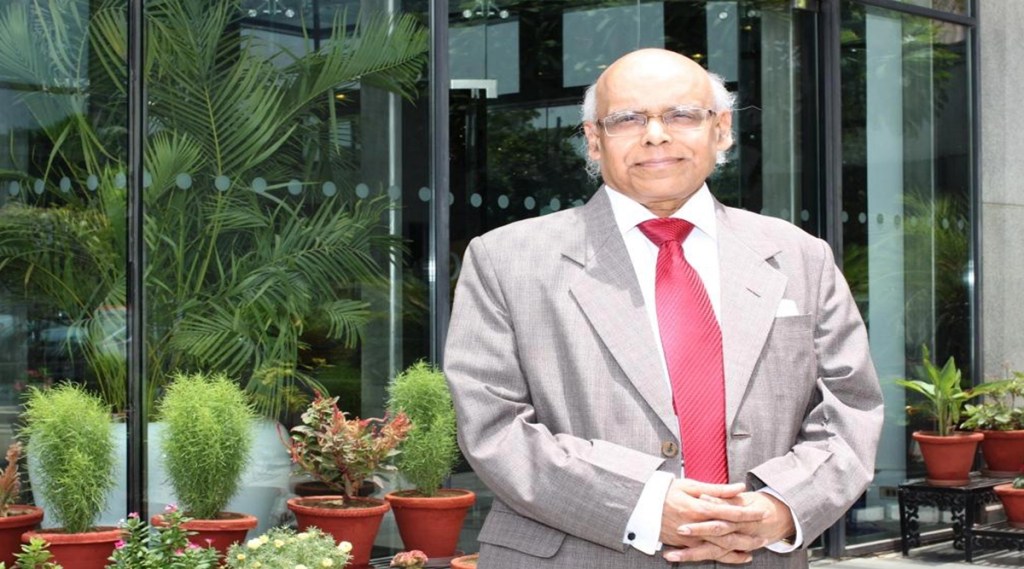By DK Srivastava
FY23 is expected to be the first normal year after the onslaught of Covid-19 which virtually eliminated meaningful increase in economic output during the two-year period covering 2020-21 and 2021-22. In fact, the magnitude of real GDP at Rs 147.5 lakh crore in 2021-22 is marginally higher than Rs 145.2 lakh crore in 2019-20, implying a CAGR of only 0.8% over 2019-20. While the Economic Survey for 2021-22 projected real GDP growth for 2022-23 in the range of 8-8.5%, the Union Budget estimates nominal GDP growth at 11.1% for 2022-23.
Taking the lower real GDP growth limit of 8% with the nominal growth assumed in the Budget, the implied implicit price deflator (IPD)-based inflation stands at 2.9% in 2022-23. This is significantly below the IPD based inflation of 2021-22 estimated at 7.7%. The implied fall in this inflation rate is premised on a substantial fall in the WPI inflation rate which has averaged 12.5% over April-December 2021. This upsurge in WPI inflation has been driven by high prices of global crude and primary products as also supply-side bottlenecks. These trends are not likely to be reversed in a short span of time. Thus, assuming a higher IPD-based inflation rate and accordingly a higher nominal growth rate would have been more realistic leading to the creation of some valuable additional fiscal space.
Tax and expenditure contours: With an assumed gross tax revenue (GTR) buoyancy of 0.9 for 2022-23, the estimated growth in centre’s GTR stands at 9.6%. This appears to be an underestimate. In the preceding year, the buoyancy has been estimated at 1.4. If this improved buoyancy was largely due to an increase in formalisation and digitisation in the economy, a healthier buoyancy could have been considered for the current and future years. The Budget clearly signals prioritisation of capital expenditure over revenue expenditure in the composition of its total expenditure. While total expenditure is budgeted to grow by 4.6% in 2022-23, capital expenditure growth is budgeted at 24.5%. This is a welcome change. Revenue expenditure on the other hand, is slated to grow by less than 1%.
This conservative growth is premised on the assumption that it would be feasible to bring down major subsidies which include food, fertiliser and petroleum subsidies. Since these subsidies are linked to global crude prices, a downward adjustment may not come about in the near future.
On the other hand, the share of interest payments in revenue receipts is correctly budgeted to increase to 42.7% in 2022-23 as compared to 39.1% in 2021-22. This is linked to the relatively high debt-GDP ratio of the central government as well as the state governments.
Fiscal consolidation: It is directionally welcome. From 6.9% of GDP in 2021-22, it has been budgeted to come down to 6.4% in 2022-23. The medium-term Fiscal Policy cum Fiscal Policy Strategy statement specifies a target of achieving a fiscal deficit of 4.5% of GDP by 2025-26. This would call for an average stepwise per year reduction of 0.63% points until 2025-26.
The rate of reduction of fiscal deficit in conjunction with nominal GDP growth and effective interest rate would determine the pace of reduction of Centre’s debt-GDP ratio which is currently estimated at 59.0% as per the statement of liabilities of the central government. In contrast, the FRBM target for the central government as per its 2018 amended version is 40%. Clearly, fiscal consolidation has a long way to go.
The author is Chief policy advisor, EY India

